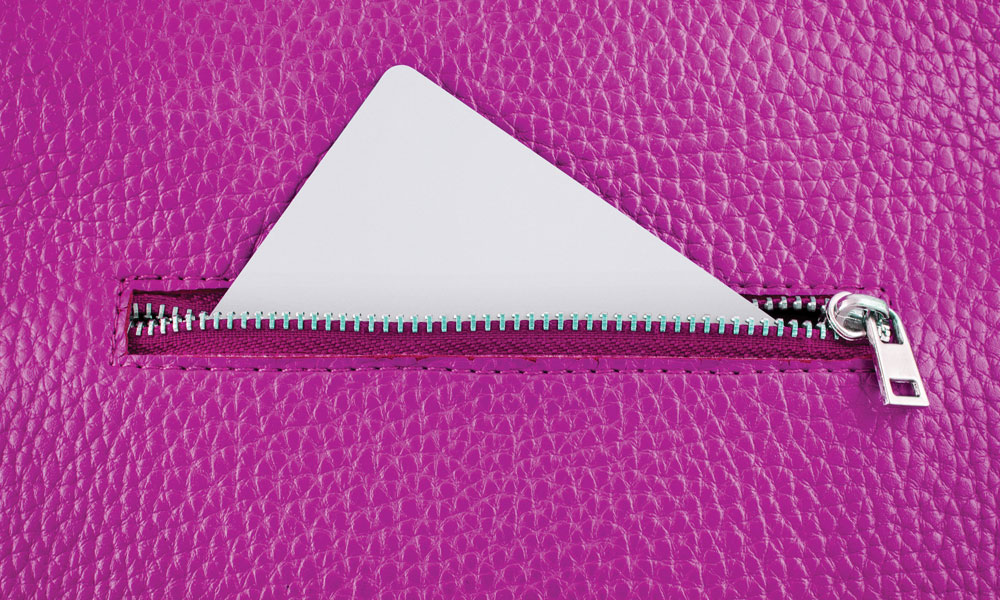
Membership Memo: Holding Their Cards
Pushback over member IDs shows that even small changes can take time.
You may not think a plastic card would make or break the membership experience. But at the National Association for Music Education, members took notice—and pushed back—when NAfME tried to retire their plastic ID cards in favor of a more cost-efficient, eco-friendly version in tune with the digital age.
First, NAfME tried perforated paper cards that were damaged too easily. Then came stickers that members adhered to their cards annually. “That didn’t always work because people would lose the card,” says Elizabeth W. Lasko, CAE, director of membership and marketing communications.
I think giving them something solid and physical to remind them that they belong has value.
Finally, NAfME tried to get members on board using an app that contained a digital form of member ID. “Some members weren’t ready for that small change,” Lasko says. “And some of our [state chapters] weren’t equipped to handle scanning” the electronic card.
Why all the fuss over such an old-timey marker of membership? Lasko suspects that to members it reflects the “intrinsic value” of belonging. “Today, so much of how we communicate with our members is digital,” she says. “I think giving them something solid and physical to remind them that they belong has value.”
NAfME’s initial attempts to update its IDs may have flopped, but Lasko and her team haven’t given up.
“Times have certainly changed, and I suspect now is a good time to revisit the idea,” Lasko says. “But this time, before we change, we have to talk to members first to see what they value most about these cards.”
Whereas an ID card was once the de facto form of identification for NAfME meetings and members-only programs and services, today members need only their name and ID number to register.
“What we already know is that most of our state [chapters] no longer require the card,” Lasko says. “So, we want to do more research because on the sidelines is a real issue: Making the plastic card is expensive, and some would say wasteful.”
Taking gradual steps and communicating the benefits of the change in terms of resources saved and dollars allocated for other member services could be a way to convince NAfME members to accept the change.
“I could see a future where we use digital membership cards,” Lasko says. “And I think that’s the way it’s going to eventually go, but even small change takes time.”
(Butsaya/Getty Images)






Comments